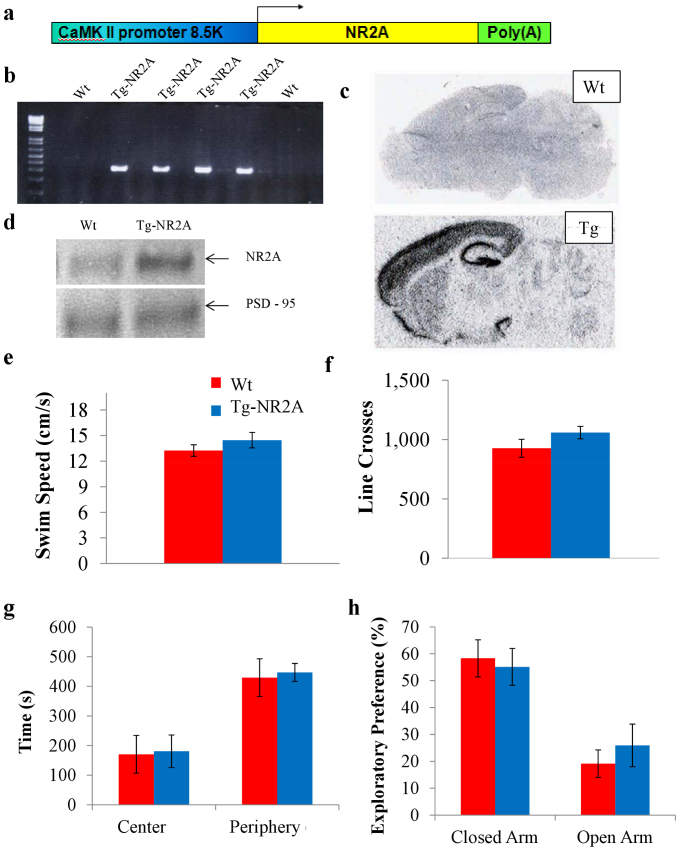Figure 1. Construction and basic characterizations of Tg-NR2A animals.
(A) Construct design for transgene vector for the Tg-NR2A mouse line. (B) PCR results for the transgenic animal line using an SV-40 primer with DNA isolated from tail biopsy. Columns labeled with “Tg” represent the positive transgene detection, columns labeled “Wt” indicate the wildtype littermates. (C) In situ hybridization with the NR2A probe. A significant increase in the amount of the NR2A subunit is present in the forebrain regions. (D) Western blot of the cortex confirms the significant increase of NR2A in the forebrain of the transgenic animal in comparison to the wildtype forebrain. (E) The Tg-NR2A animals and their wild-type littermates were found to have similar swimming speeds (Wt: n = 10, 13.25 ± 0.67 vs Tg: n = 10, 14.46 ± 0.90 cm/s). (F) The Wt and Tg-NR2A animals had similar number of line crosses in the open field paradigm (Wt: n = 6, 927.17 ± 75.63 vs. Tg: n = 9, 1,059 ± 52.33, t-test p = 0.22). (G) Both the Wt and the Tg mice preferred the periphery of the open field (Wt: 447.04 ± 33.03 s vs 429.41 ± 63.75 s) to the center of the open field (Wt: 170.60 ± 63.75 s vs. Tg: 180.91 ± 54.97 s). (H) Elevated Plus Maze: Both the Tg-NR2A and the Wt animals preferred the closed arms (Tg: 55.14 6.86% vs Wt: 58.33 ± 6.89%) to the open arms (Tg: 25.94 ± 7.94% vs Wt: 19.15 ± 5.11%).

